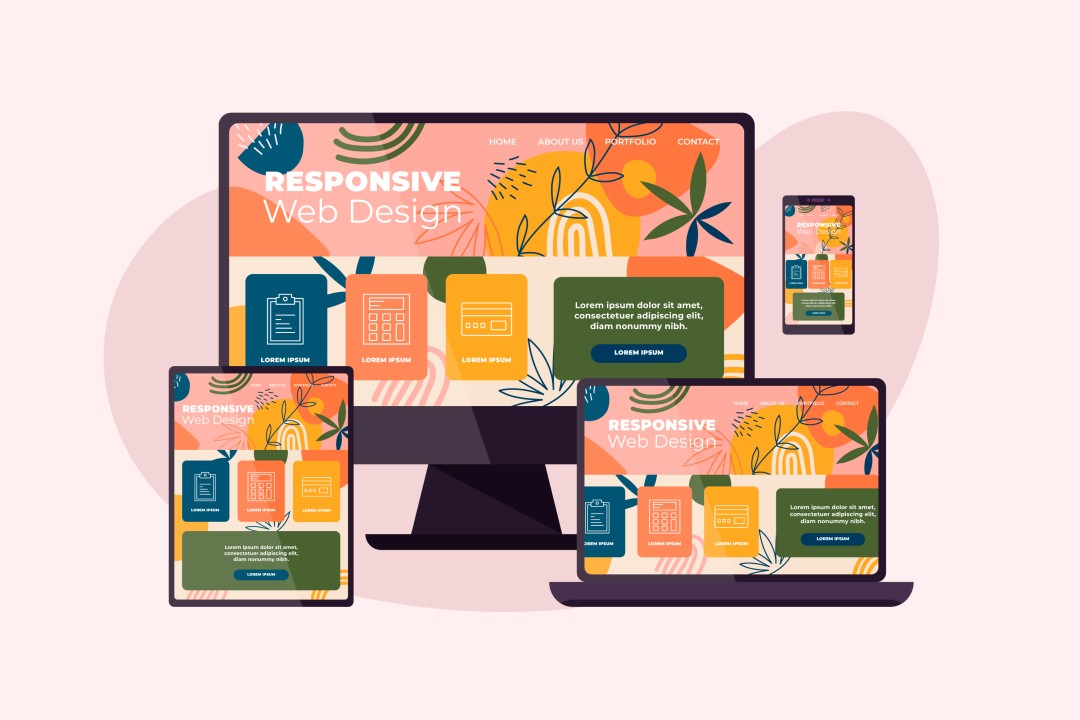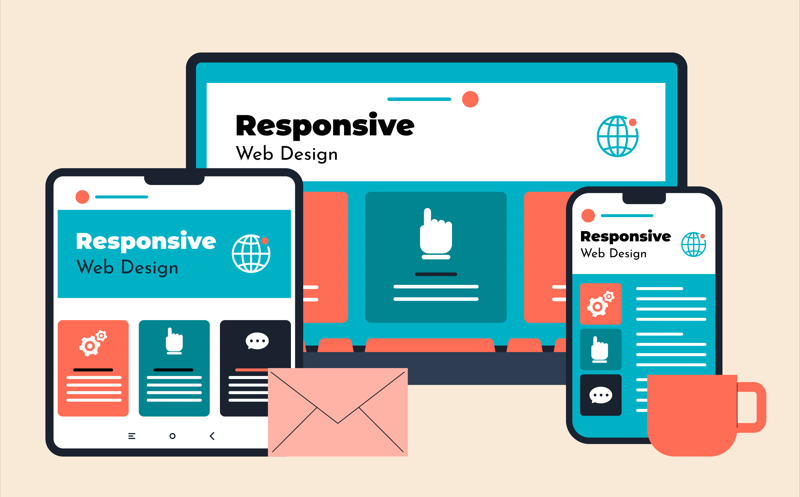Creating a website that engages users and drives conversions is essential in today’s digital landscape. With mobile and desktop users expecting seamless browsing experiences, knowing how to build a responsive website that boosts conversion is a key skill for businesses. Let’s dive into the steps and strategies to create a responsive, high-performing website that converts visitors into loyal customers.


1. Understand Responsive Web Design
Responsive web design ensures your site adjusts seamlessly to different devices and screen sizes. It’s the foundation of how to build a responsive website that boosts conversion, as it enhances user experience and improves accessibility.
Key Elements:
- Flexible grids and layouts.
- Scalable images and media.
- CSS media queries for device adaptability.
2. Prioritize Mobile-First Design
With over half of web traffic coming from mobile devices, adopting a mobile-first approach is critical. Start designing for smaller screens before scaling up, ensuring functionality and aesthetics are optimized for all devices.
Why It Matters:
- Enhances usability.
- Improves load times.
- Meets Google’s mobile-first indexing requirements.
3. Optimize for Speed
Fast-loading websites are crucial for keeping users engaged. A slow website can lead to high bounce rates and lost conversions, making speed optimization a central aspect of how to build a responsive website that boosts conversion.
Speed Optimization Tips:
- Compress images without compromising quality.
- Minify CSS, JavaScript, and HTML files.
- Leverage browser caching and content delivery networks (CDNs).
4. Use Clear and Engaging Calls-to-Action (CTAs)
Strategic placement of CTAs encourages users to take action. Whether it’s signing up for a newsletter or making a purchase, CTAs should be prominent and persuasive.
CTA Best Practices:
- Use contrasting colors for visibility.
- Write concise and action-oriented text.
- Ensure buttons are easy to click on any device.
5. Implement Intuitive Navigation
An intuitive navigation system helps users find what they’re looking for quickly, reducing friction in their journey. This is a vital part of how to build a responsive website that boosts conversion.
Tips for Better Navigation:
- Keep menus simple and organized.
- Use a sticky menu for easy access.
- Include a search bar for quick content discovery.
6. Focus on Visual Hierarchy
Visual hierarchy guides users through your content, highlighting the most important elements. A well-structured layout improves readability and draws attention to key conversion points.
Techniques:
- Use larger fonts for headlines.
- Prioritize high-contrast color schemes.
- Arrange elements logically and strategically.
7. Integrate Social Proof
Displaying reviews, testimonials, and case studies builds trust and encourages users to convert. Social proof is an essential component of how to build a responsive website that boosts conversion.
Examples of Social Proof:
- Customer reviews and ratings.
- Logos of trusted partners or clients.
- User-generated content like photos or videos.
8. Ensure Accessibility Compliance
An accessible website is usable by everyone, including individuals with disabilities. This widens your audience and aligns with ethical and legal standards.
Accessibility Tips:
- Use alt text for images.
- Add captions to videos.
- Ensure sufficient color contrast.
9. Test and Optimize Continuously
Regular testing and optimization are vital to maintaining a responsive website that performs well. User behavior and technology evolve, so constant updates are necessary.
Testing Tools:
- Google’s Mobile-Friendly Test.
- Lighthouse for performance audits.
- A/B testing platforms for user experience improvements.


10. Leverage Analytics to Track Performance
Understanding how users interact with your site helps you refine it for better conversions. Analytics tools provide actionable insights into what works and what doesn’t.
Key Metrics to Monitor:
- Bounce rate and time on site.
- Conversion rate by device.
- Heatmaps for user interaction.
Conclusion
Knowing how to build a responsive website that boosts conversion is essential for staying competitive in today’s digital world. By focusing on mobile-first design, speed optimization, intuitive navigation, and continuous testing, you can create a website that not only attracts visitors but also drives meaningful results.
Take the first step toward success by implementing these strategies today. When you master how to build a responsive website that boosts conversion, your online presence becomes a powerful tool for growth and engagement.





